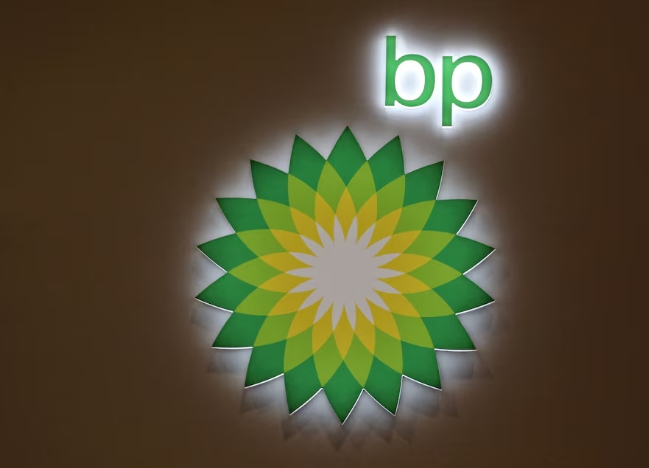
The field holds just under 1 trillion cubic feet (tcf) of natural gas, but will eventually be tied back to another BP discovery, bringing the area to be developed closer to 1.5 tcf of gas, two people with knowledge of the project told Reuters.
First gas is expected in late 2026 and is planned to feed Trinidad's flagship liquefied natural gas (LNG) project, Atlantic LNG, in which BP and Shell (SHEL.L), opens new tab each have equity stakes of 45%.
Trinidad and Tobago is Latin America's largest exporter of the superchilled gas and the world's second-largest exporter of methanol and ammonia.
Output from Atlantic LNG represents a large part of BP's total LNG portfolio, but its operations have been hampered by declining natural gas production from aging fields.
A spokesperson for BP's Trinidad and Tobago unit said the company is "in active negotiation with EOG Resources Trinidad for the formation of a joint venture" to develop BP's Coconut field.
EOG would be the operator of the project, the people said, which is similar to an arrangement it has with BP for the Mento project, which is a tie-back to EOG's Pelican platform.
EOG declined to comment on the proposed joint venture.
BP's Trinidad and Tobago president, David Campbell, told Reuters in January that BP's future in Trinidad was in the deep water, where the firm believes it can make larger discoveries and where it is trying to develop with Woodside Energy (WDS.AX), opens new tab the Calypso gas discovery.
BP is working with EOG to progress regulatory approvals and reach commercial agreements, the company said of the Coconut joint venture.